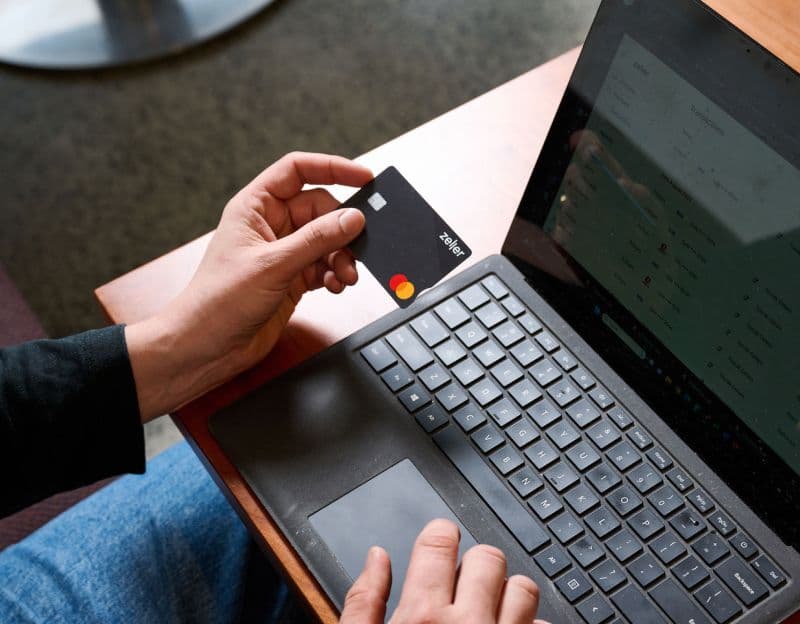
- EFTPOS & Point of Sale Solutions
How to Deal With a Declined Credit Card Payment
Learn what to tell a customer and how to progress the transaction to save the sale.
When you have a retail or hospitality business in Australia that relies heavily on the use of EFTPOS machines, your staff will eventually have to deal with the uncomfortable situation of a credit card decline.
While Australians typically prefer to pay for their goods and services electronically because it’s convenient, fast, and simple, technical glitches can occur and unfortunately, they tend to cause a lot of embarrassment for both the merchant and the customer.
Knowing how to handle these awkward moments appropriately is key to good customer service, repeat business, and securing your reputation in the business world. Read on to find out the reasons why payments may be declined and how to prepare your staff to troubleshoot these issues in a positive manner.
Reasons why a payment might be declined
There are a number of different reasons why your customer’s card may be declined, and it’s not always due to insufficient funds. Here are some explanations:
1. The customer has exceeded their credit limit
All credit cards have a maximum credit limit. Certain credit card issuers will allow their customers to spend beyond the predetermined limit, but this usually comes with an overdraft fee. However, there are financial institutions that will decline any transaction attempts that surpass the limit.
2. The EFTPOS machine is offline
In Australia, EFTPOS machines communicate with the bank using a wired or wireless internet connection in order to verify and authorise your customers’ transactions. If there’s a service disruption or an error with the bank’s server, this can cause a payment to be interrupted. This is one reason why it's important to always have a back-up connection available.
Zeller Terminal connects to the internet via Wi-Fi, but you’ve also got the option to insert a SIM card — so you’ll never be offline, even if your business takes you on the road.
3. The card issuer suspects fraudulent activity
Sometimes, you’ll come across a customer who has had their account blocked by their card issuer for security reasons when they suspect a fraudulent transaction has taken place. This may happen if the customer has recently made an unusually large purchase.
4. The customer has spent beyond their daily limit
Some credit card companies set a daily limit for spending. You may have a customer who has their credit card transaction declined because they’ve spent past this limit.
5. They’re using their credit card outside of their country
If your customer is using a foreign credit card at your EFTPOS machine without advising their bank about their travel plans, they may find that the card issuer has put a temporary freeze on their card, until they can confirm whether the activity is fraudulent or not.
The Australian Payment Network reported that in 2019 card issuers lost a whopping $464 million due to fraudulent charges. This means financial institutions will treat any out-of-the-ordinary activity as highly suspicious, particularly when a customer is traveling or making significant purchases.
Tips for handling declined payments
When customers experience a payment decline, it is likely they will feel embarrassed regardless of the reason why the payment hasn’t gone through.
Equipping your staff with the knowledge to smoothly handle customers and troubleshoot declined transactions is paramount to your business.
An agitated customer is more likely to not follow through with their purchase, but if you have a well-versed employee that communicates effectively with the customer, they can often remedy failed payment issues and create a positive outcome for everyone involved.
These strategies can help you retain loyal customers and resolve fixable payment issues:
Check the card expiry
Your first step should be checking the card. Occasionally, you’ll have a forgetful customer who hasn’t replaced their expired card with the new one that the bank sent out. Ensure your staff check to see whether the card is valid or not. This simple technique can save a lot of time and confusion.
Be empathetic
The hardest part in this scenario is breaking the news to your customer that the payment failed. Train your staff to be understanding and empathetic with all their customers, and to communicate the matter with discretion.
In simple terms and without judgment, explain that the bank has declined their card. By expressing that glitches sometimes happen, you can diffuse any tension your customer may be feeling.
Next, you can kindly ask them if they would like to try another type of payment method, whether that’s a different card, cash, or a quick trip to the ATM. Offering solutions will help to keep your customers calm in the face of adversity.
Ask your customer to contact their card issuer
If you’ve covered all your bases, it’s time to gently suggest to your customer that they give their bank or financial institution a quick phone call. This will determine what the problem is, and it may end up being easily resolved over the phone.
How you and your team handle these tricky transactions will make or break how your customers react, and influence how they view your business. It's just another opportunity to leave a positive, lasting impression on your customers.
A shortcut for Zeller merchants
In the event a payment is declined, Zeller Terminal will tell you the reason for the decline.
Your customer may simply need to transfer funds onto their card via mobile internet banking, or replace an old card.
The point is, in the face of a declined payment, Zeller merchants are armed with the knowledge of the reason for the declined payment. This insight can be to progress the transaction and make the sale. Read more about declined payments in Zeller on the blog.

